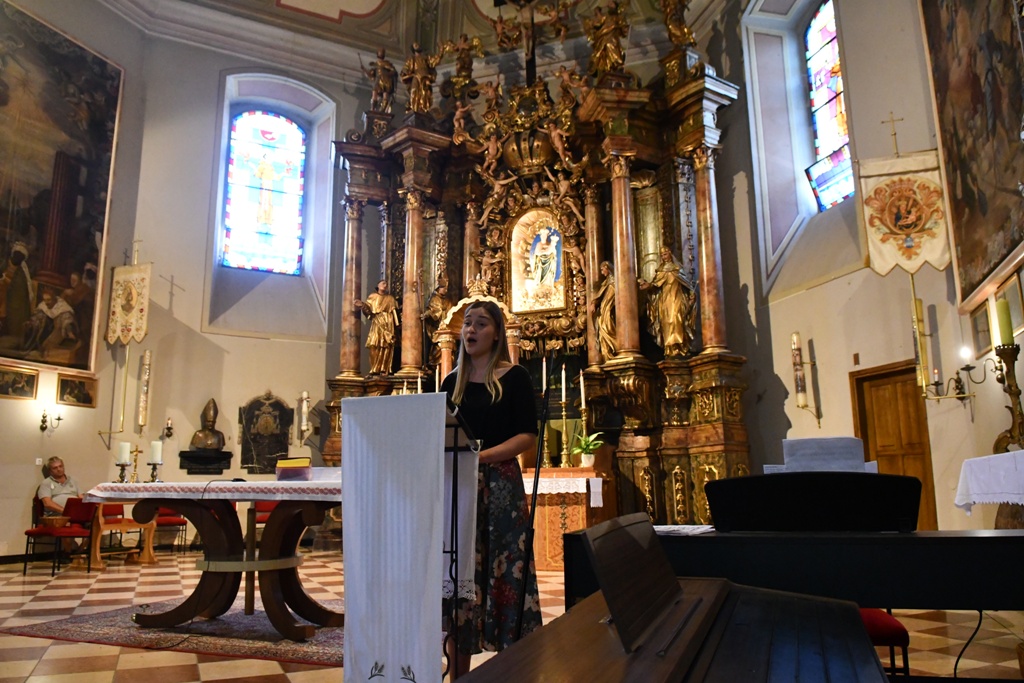.jpg)
.jpg)
.jpg)
.jpg)

As mentioned, we had a Croatian tamburica band


Then we went to visit a local Croatian family in the county of Osijek & Bilje. This particular one, that our group was sent to, does "Rural Tourism" a type of B&B. If you're like me, I had to look it up. Wikipedia gives a pretty succinct:
Rural tourism focuses on actively participating in a rural lifestyle. It can be a variant of ecotourism. Many villages can facilitate tourism because many villagers are hospitable and eager to welcome (and sometime even host) visitors. Agriculture is becoming highly mechanized and therefore, requires less manual labor. This trend is causing economic pressure on some villages, which in turn causes young people to move to urban areas. There is however, a segment of the urban population that is interested in visiting the rural areas and understanding the lifestyle.
The family name, LACKOVIC, has a long history of being involved in a war torn country. in 1991, they had 10 mins to gather some things before leaving their home. Like the host told us - you don't even consider the TV or anything like that, you gather some personal belongings and leave.


The host looked after us for the whole time, even though his parents were in the house next door and his two kids roamed the grass, playing. His wife was at work on her way home.

He talked to us for about 30 mins and then offered to bring us on a tour of his property. Some of these "animal pictures" were forced on me by my lovely wife ;)



From there we went to Osijek and visited the Fortress os Osijek which was built in the mid 18th Century...

I wish I could say I took this picture, but alas, it comes from a website (Click here). When we visited the site, I am sure none of us really knew or realized just how big it was.

At the gate, they provided a relief map...



We visited an old church which was built in 1732 called the Rising of the Holy Cross. It was not the original church of this area-seems the original one was destroyed by the Ottoman Empire and built mosques. In 1687 the church was rebuilt.



This operatic singer (she is a professional) came and sang 4 songs for us as well as played the piano. I was so amazed by her singing, that I forgot to record any of the songs.



Sharon found out that she (Martina) was only 22 years old...what an amazing voice.


This cross, outside the church- It was constructed by the monks who had gathered bits and pieces of war equipment (ie casings and barb wire ) left behind after the war in the 1990's. The sculpture - a unified black color - wasn't that high (maybe 9-10 feet); it was the extraordinary materials used for its construction that it gave visual interest. After this visit, we should remember the saying marked on the wall there " To Forgive but Not to Forget"

This depiction of Jesus Christ on the cross was built with shell casings and barb wire.

Monument of the holy trinity. The statue was built since 1729 to 1730 in memory of a vow against plague, which was common in the 18th century in Slavonia. The statue consists of a high pedestal with gigantic volutes, where is five statues of the patron saint of plague: Saint Sebastian, Saint Roch, Saint Charles Borromeo, Saint Francis Xavier and Saint Rosalia. On the pedestal rises tall pillar on which is sculptural group of the Holy Trinity, which shows character of God, Christ and the Holy Spirit, in figure of dove.

Night came and here were a few pictures without my tripod to stabilize.



Back to Passage to Eastern Europe click here
.jpg)
.jpg)
.jpg)
.jpg)
.jpg)

